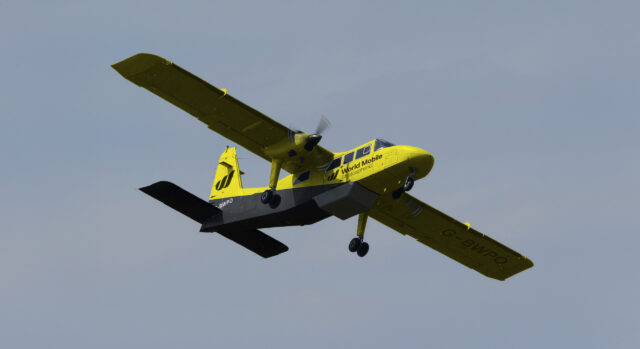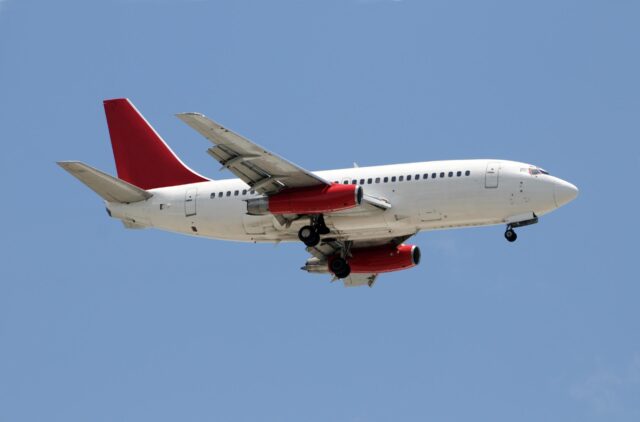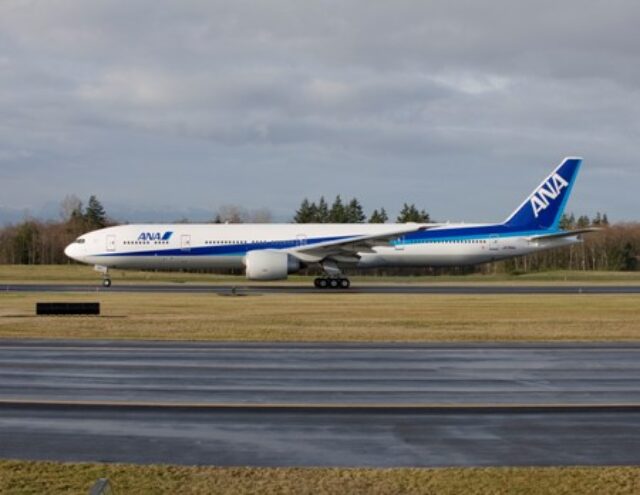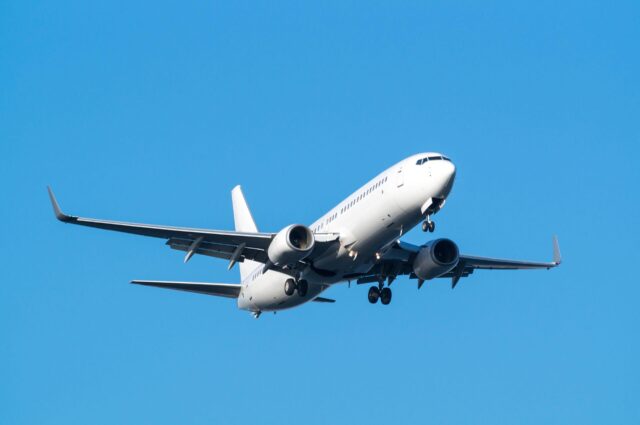Stratospheric success: 13 days of flight testing for Aalto’s Zephyr
February 3, 2025

Airbus subsidiary Aalto HAPS, designer, developer and manufacturer of the Zephyr High Altitude Platform System (HAPS), has completed 13 days of successful stratospheric flight testing from its facility in Laikipia County, Kenya.
Launched on 22 January, the 100% solar-powered craft – described by its manufacturer as “the most advanced fixed-wing HAPS on the planet” and the only fixed-wing platform to have around-the-clock longevity – completed its inaugural flight test campaign with a UK-built connectivity system onboard.
Flying at more than 60,000ft, this payload (developed at Aalto’s Farnborough headquarters) was designed to provide direct-to-device 4G/5G connectivity, compatible with smartphone technology to enable video and data sharing. During the flight test campaign, Aalto worked to characterise the system’s performance; a key step towards unlocking the platform’s potential of providing “connectivity and Earth observation services to those that need it most”.
Aalto has previously outlined that mission profiles for its groundbreaking aircraft could include enabling “very high-resolution imagery and near-time video from the stratosphere,” with the integration of a connectivity payload serving “as a tower in the sky” – offering “a new layer of connectivity for government applications, and commercial connectivity providers”.
During the flight – which built upon a record-breaking 64 days of continuous stratospheric operations in 2022 – Aalto also “validated improvements to Zephyr’s flight envelope to provide greater stability and performance,” noted the company.
The Zephyr was launched from Aalto’s custom-built ‘Aaltoport’, with regulatory operating permissions secured in 2024 following 18 months of regulatory engagement and technical studies facilitated by the Kenya Space Agency and the Kenya Civil Aviation Authority. “HAPS is a unique capability with potential use cases that Kenya recognises as critical to many stakeholders,” commented Hilary Kipkosgey, acting director general and CEO of the Kenya Space Agency. “Through our support to Aalto, we are pleased to demonstrate Kenya’s global leadership in creating a new hub for near space technology”.
Aalto CEO Hughes Bouinois added that “with unrivalled performance and flexibility, alongside game-changing applications as a payload agnostic platform, Aalto’s Zephyr is a naturally complementary asset to traditional space and defence ecosystems” – describing the HAPS as “the most established platform globally”.
Aalto has previously indicated that with type approval process to be complete by the end of 2025, the ‘pseudo-satellite’s full operational capacity could be online as soon as 2026.
















